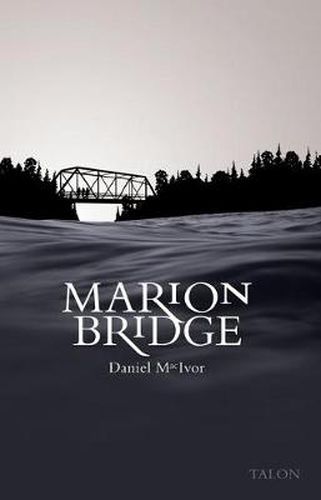Readings Newsletter
Become a Readings Member to make your shopping experience even easier.
Sign in or sign up for free!
You’re not far away from qualifying for FREE standard shipping within Australia
You’ve qualified for FREE standard shipping within Australia
The cart is loading…






This fascinating version of Daniel MacIvor’s most successful play to date lets the reader in on a secret: it was never primarily written as a work for live theatrical performance, but as a vehicle for his development of a screenplay, also included in this new edition. In his surprisingly revealing introduction, MacIvor talks about the genesis of both the play and the movie; the lessons he learned about the differences between the two media; and their radically different stylistic, technical and practical demands on both their authors and their audiences. A well-known practitioner of Canada’s theatre of the avant-garde, MacIvor had for years wanted to write a brilliant screenplay, but there was a problem: he didn’t know how. Most of his stark improvisational work for the live stage, centered around minimalist sets and props, dramatic effects of light and sound, and usually his own improvisational solo performances, did not translate well into the medium of film. So in order to realize his ambition he decided to create Marion Bridge, a piece of conventional theatre, as a vehicle or transitionary playscript he thought he could use as a stylistic bridge from the live stage to the cinema. In the fact that Marion Bridge has become his most successful play to date lies one of the most important lessons MacIvor learned about the vast differences between the two media-between live performance that always relies on the audience to participate with the actor(s) in the active and collective creation of landscape and time within the space they share, and the cinematic experience wherein the creators and actors are absent, and the audience is estranged from the action by its passive consumption of a narrative of space and time always understood to take place in someone else’s world outside of the theatre.
$9.00 standard shipping within Australia
FREE standard shipping within Australia for orders over $100.00
Express & International shipping calculated at checkout
This fascinating version of Daniel MacIvor’s most successful play to date lets the reader in on a secret: it was never primarily written as a work for live theatrical performance, but as a vehicle for his development of a screenplay, also included in this new edition. In his surprisingly revealing introduction, MacIvor talks about the genesis of both the play and the movie; the lessons he learned about the differences between the two media; and their radically different stylistic, technical and practical demands on both their authors and their audiences. A well-known practitioner of Canada’s theatre of the avant-garde, MacIvor had for years wanted to write a brilliant screenplay, but there was a problem: he didn’t know how. Most of his stark improvisational work for the live stage, centered around minimalist sets and props, dramatic effects of light and sound, and usually his own improvisational solo performances, did not translate well into the medium of film. So in order to realize his ambition he decided to create Marion Bridge, a piece of conventional theatre, as a vehicle or transitionary playscript he thought he could use as a stylistic bridge from the live stage to the cinema. In the fact that Marion Bridge has become his most successful play to date lies one of the most important lessons MacIvor learned about the vast differences between the two media-between live performance that always relies on the audience to participate with the actor(s) in the active and collective creation of landscape and time within the space they share, and the cinematic experience wherein the creators and actors are absent, and the audience is estranged from the action by its passive consumption of a narrative of space and time always understood to take place in someone else’s world outside of the theatre.